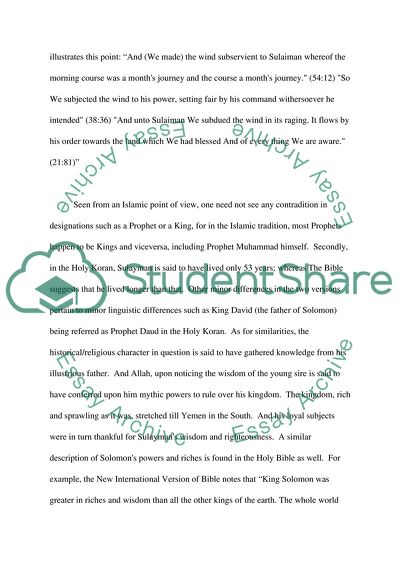Cite this document
(“Quranic and Biblical Depictions of Sulayman Research Paper”, n.d.)
Quranic and Biblical Depictions of Sulayman Research Paper. Retrieved from https://studentshare.org/religion-and-theology/1742011-quranic-and-biblical-depictions-of-sulayman
Quranic and Biblical Depictions of Sulayman Research Paper. Retrieved from https://studentshare.org/religion-and-theology/1742011-quranic-and-biblical-depictions-of-sulayman
(Quranic and Biblical Depictions of Sulayman Research Paper)
Quranic and Biblical Depictions of Sulayman Research Paper. https://studentshare.org/religion-and-theology/1742011-quranic-and-biblical-depictions-of-sulayman.
Quranic and Biblical Depictions of Sulayman Research Paper. https://studentshare.org/religion-and-theology/1742011-quranic-and-biblical-depictions-of-sulayman.
“Quranic and Biblical Depictions of Sulayman Research Paper”, n.d. https://studentshare.org/religion-and-theology/1742011-quranic-and-biblical-depictions-of-sulayman.


